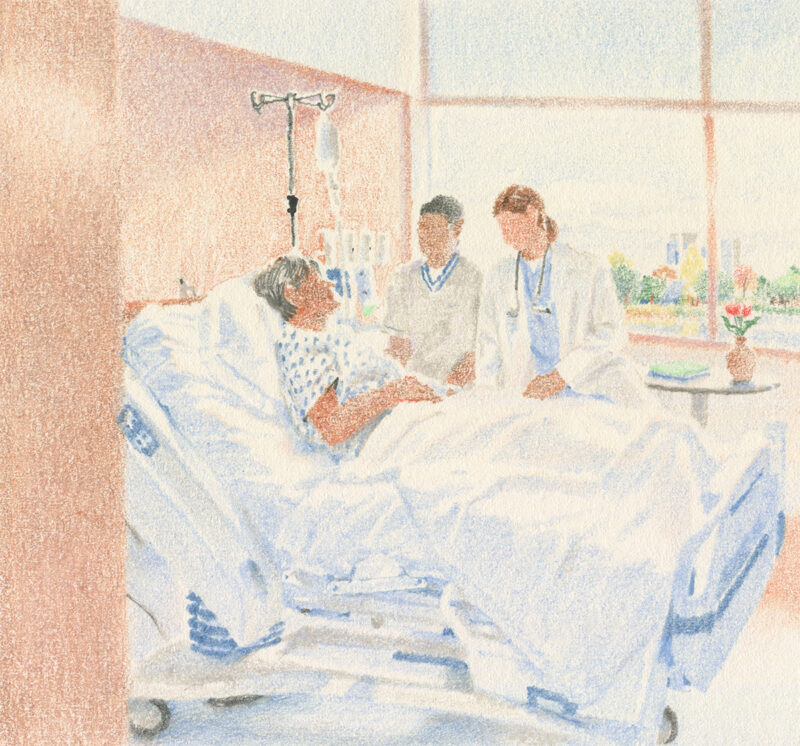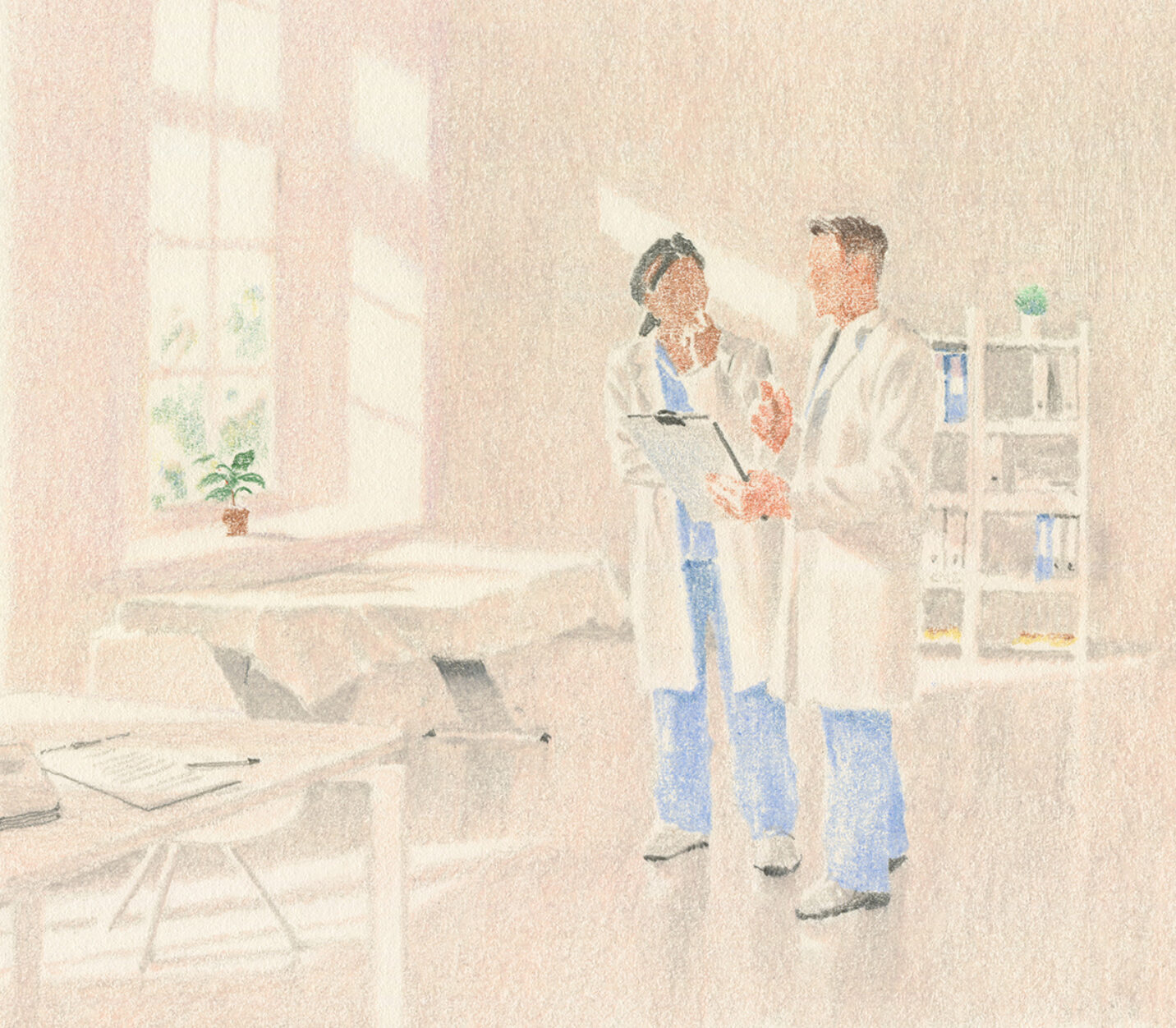At a medical center in the south-central U.S. — part of a larger national healthcare system — the Sound hospital medicine team struggled to consistently engage physicians and case managers in its standard practice of multidisciplinary rounds (MDRs). This inconsistency led to prolonged lack of resolution with patient cases and, for some, prolonged length of stay. After Sound successfully implemented MDRs at another hospital within this same national healthcare system, the team at the south-central U.S. medical center took notice and agreed to pilot a similar MDR program at their hospital.

Mulitidisciplinary rounds
Opportunity
- Centralize MDRs. Bringing MDRs to the forefront would require shared responsibility and accountability around improving communication and care.
- Embrace the role of their Sound clinical performance nurse (CPN). A role unique to Sound, the CPN serves as a liaison to all individuals supporting care for the patient. The team would need to trust their CPN — and lean on them as a seasoned resource.
- Collaborate as one team. Rather than MDRs being owned or led by nursing or case management, all teams — physicians, nurses, and case managers — would jointly own the process.
Transformative change
The team set to work creating their rounding program, putting in place essential building-blocks for what ultimately has become a successful MDR process:
- Identifying avoidable delays. As soon as a patient is cleared for discharge by the physician, the CPN identifies avoidable same-day delays when doing rounds with the physicians. These delays include insurance authorization, machine malfunctioning, and the like. These are documented and shared with the hospital to help mitigate and improve length of stay.
- Designated liaison. Sound’s hospital medicine CPN is the common point of connection for all team members, working with nursing managers, physicians, the medical director, hospital executives, and case managers to identify challenges, close gaps, and keep things moving. A CPN associate also partners with the CPN to help manage day-to-day tasks.
- “Ninja” rounds. The CPN conducts these quick mini rounds with the physician to enhance performance and ensure continuity of care.
- Visual management board. All physicians track the status of their patients on a publicly posted
board, driving awareness and accountability.
Key results
Since implementing centralized MDRS, the medical center has seen stabilization in case mix index and readmissions, as well as:
0.5day
reduction in LOS within nine months, from baseline
0.11day
reduction in LOS O/E from go-live


